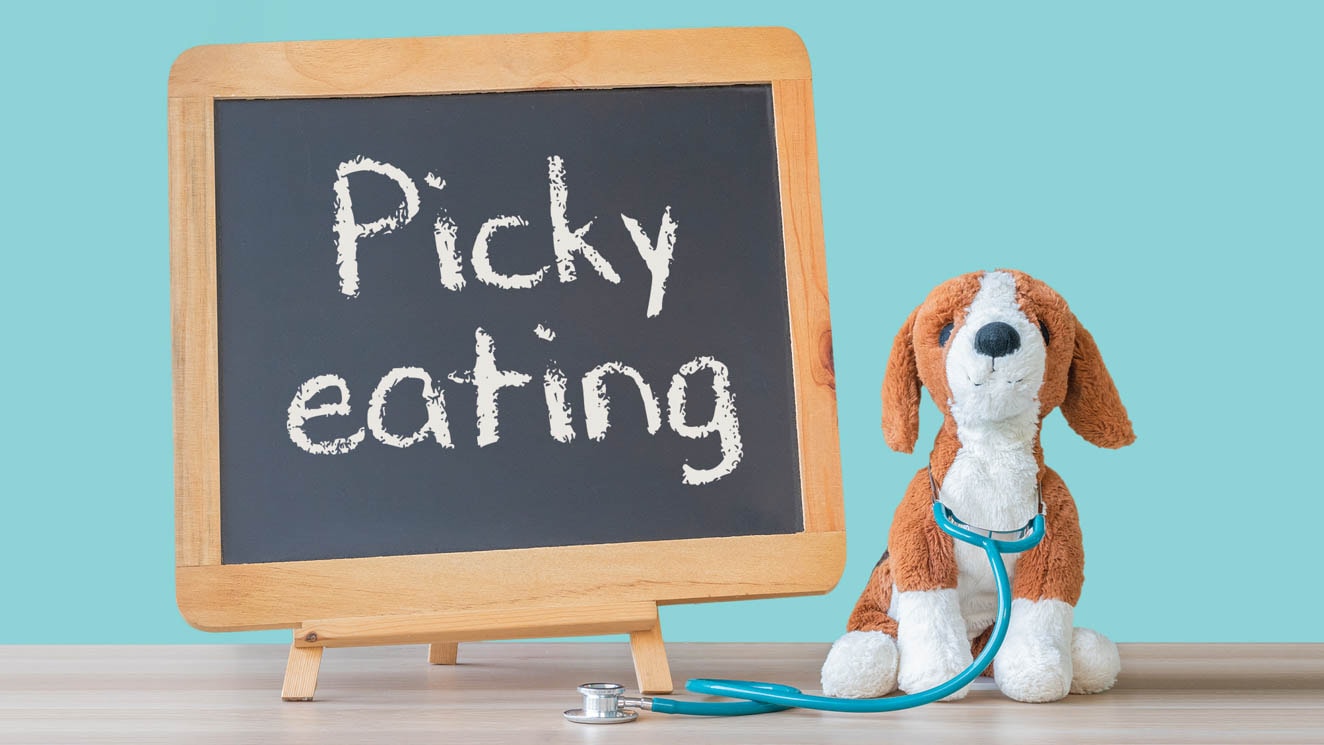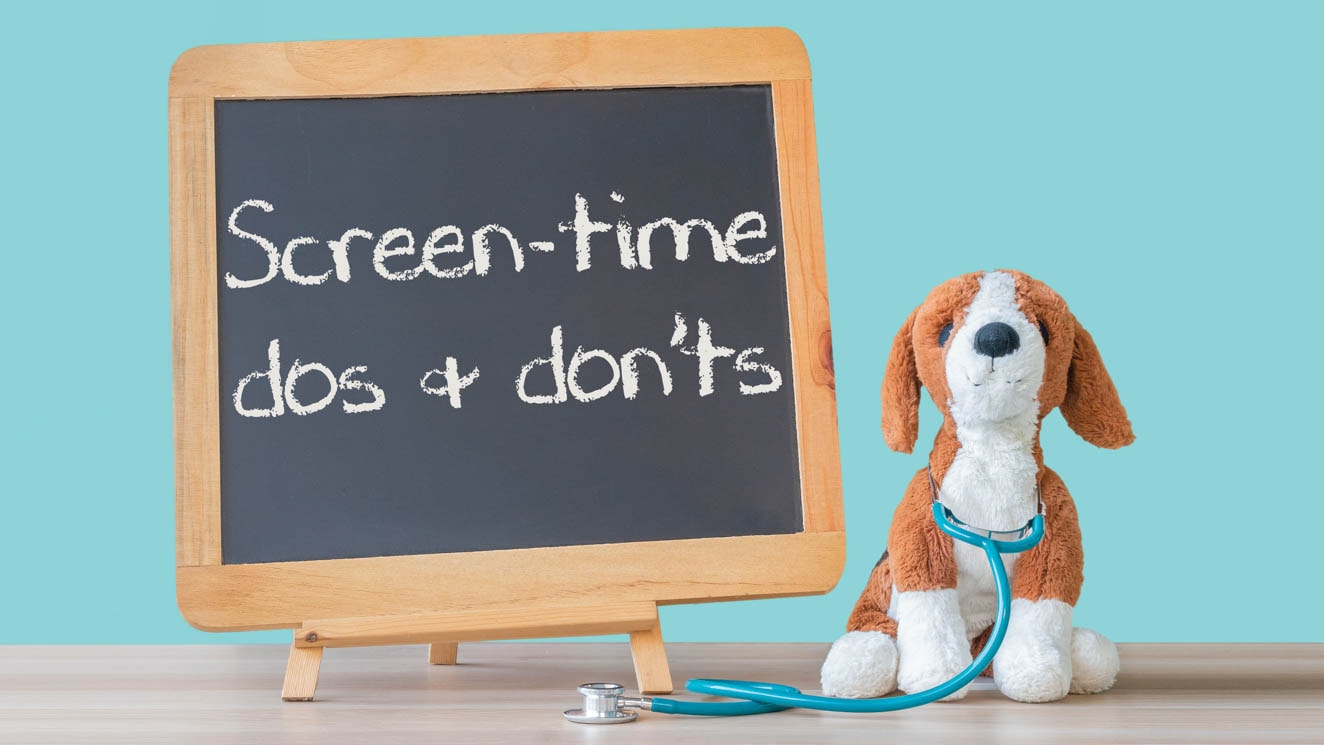

Approved by the What’s Up Moms Medical Advisory Board
“My ten-year-old is going to bed later and later. I can see she’s more tired during the day. How can I help her improve her sleep habits?”
This is such a common concern that it almost seems like a biological inevitability. The early-rising toddler turns into the night-owl ‘tween. As school-age kids get older, children seem to have a biological drive to go to sleep later and later. This is a trend seen all over the world, and in the the US, it’s estimated that adolescents are sleeping about one-and-a-half to two hours less per day than they were 50 years ago.
So why is this such a problem? Poor sleep is associated with depression, attention difficulties, behavioral problems, substance use, motor vehicle accidents, immune system compromise, and obesity. In fact, it’s likely that our collective sleep deprivation may be one of the driving forces of the current obesity epidemic (in addition to poor diet and decreased exercise); lack of sleep is consistently associated with increased rates of obesity at every age. Even 1-year-olds who sleep less show an increased likelihood of obesity later on.
So how can we help encourage good sleep habits?
1) Use the bed just for sleeping.
Often children will use their bed as a multi-functional zone, i.e. a place for homework, watching movies, playing, chatting with friends, etc. When used just for sleep and nothing else, over time the body associates the bed with sleeping, and the time it takes to fall asleep is decreased.
2) Go to sleep around the same time every night.
Many of our hormones are regulated based on the timing of our sleep. Growth hormone peaks shortly after sleep onset. Cortisol spikes every time we wake up overnight. Grehlin and leptin, two hormones that are central to regulating appetite and satiety, are affected by how much sleep we get and when, suggesting again that sleep plays an integral role in our metabolism. Consistent timing of sleep can regulate those hormones more smoothly.
3) Have a pre-sleep nighttime ritual.
We’re all creatures of habit, and having the same wind-down routine each night can prime our bodies for sleep. For example, a warm shower, some mellow reading, or gentle stretching shortly before bedtime can help you fall asleep faster.
4) Avoid screen-time for one to two hours prior to bedtime.
This is a big one (and one of the hardest!). Repeated studies have shown that our screens emit blue wavelength light which interferes with our bodies’ natural melatonin production. This light make it harder to fall asleep, and screens prior to bedtime tends to cause the first few hours of sleep to be of lower quality.
5) Get sunlight and exercise during daylight hours.
Even brief periods of exercise (10-20 minutes) during the day can lead to better quality sleep, so anything that encourages movement is helpful.
6) Mind-body relaxation exercises.
These aren’t a typical part of sleep hygiene routine, but when I come across children in my practice who are following the above guidelines and still lying in bed awake for 45 minutes or more before falling asleep, I’ll sometimes recommend progressive relaxation exercises. Children of all ages can learn to do this themselves and there are also apps or programs with guided visualizations that can help people unwind at the end of the day.
Of course, all of the above interventions are a way of fighting that natural biological desire to go to sleep later. It turns out that there’s another way to help make sure our older kids get more sleep. Over the past decade, a growing number of school districts across the country have responded to research regarding insufficient sleep among middle and high school students with a strikingly effective method: delaying school start times. Multiple studies have shown that when start time is pushed back (say, from 7:30am to 8:30am), bedtimes do not typically change, so that delay translates directly into increased sleep, i.e. an extra five hours/week of sleep. Even a delay of 30 minutes can lead to impressive improvements in outcomes: improved mood, decreased depression/anxiety, better school performance, decreased high-risk behavior and fewer car crashes.
And those are results that should leave us all sleeping better at night.







